Where was All the Light We Cannot See filmed? Filming locations of the new Netflix drama
We reveal where All the Light We Cannot See was filmed, as the Second World War epic arrives on Netflix
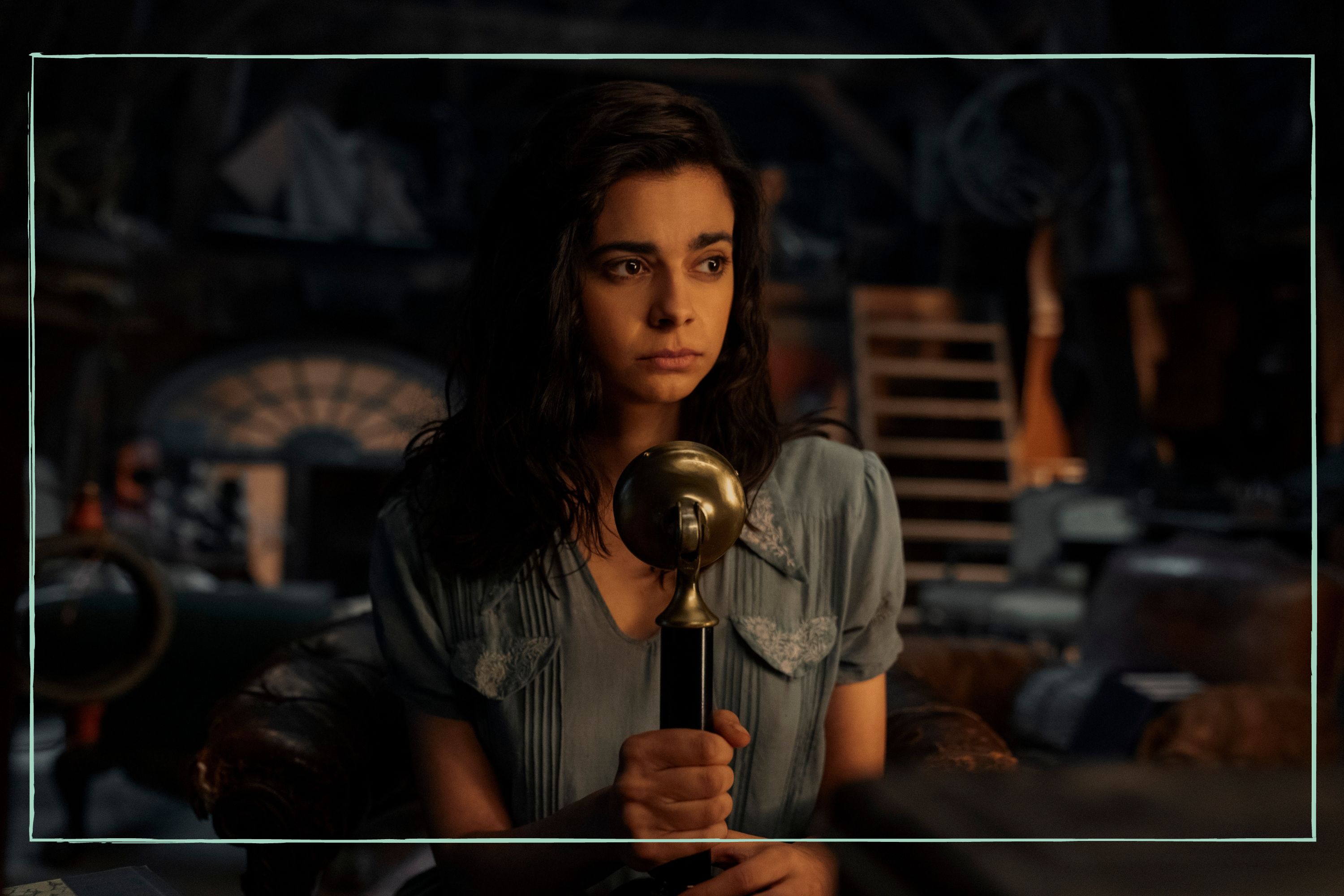
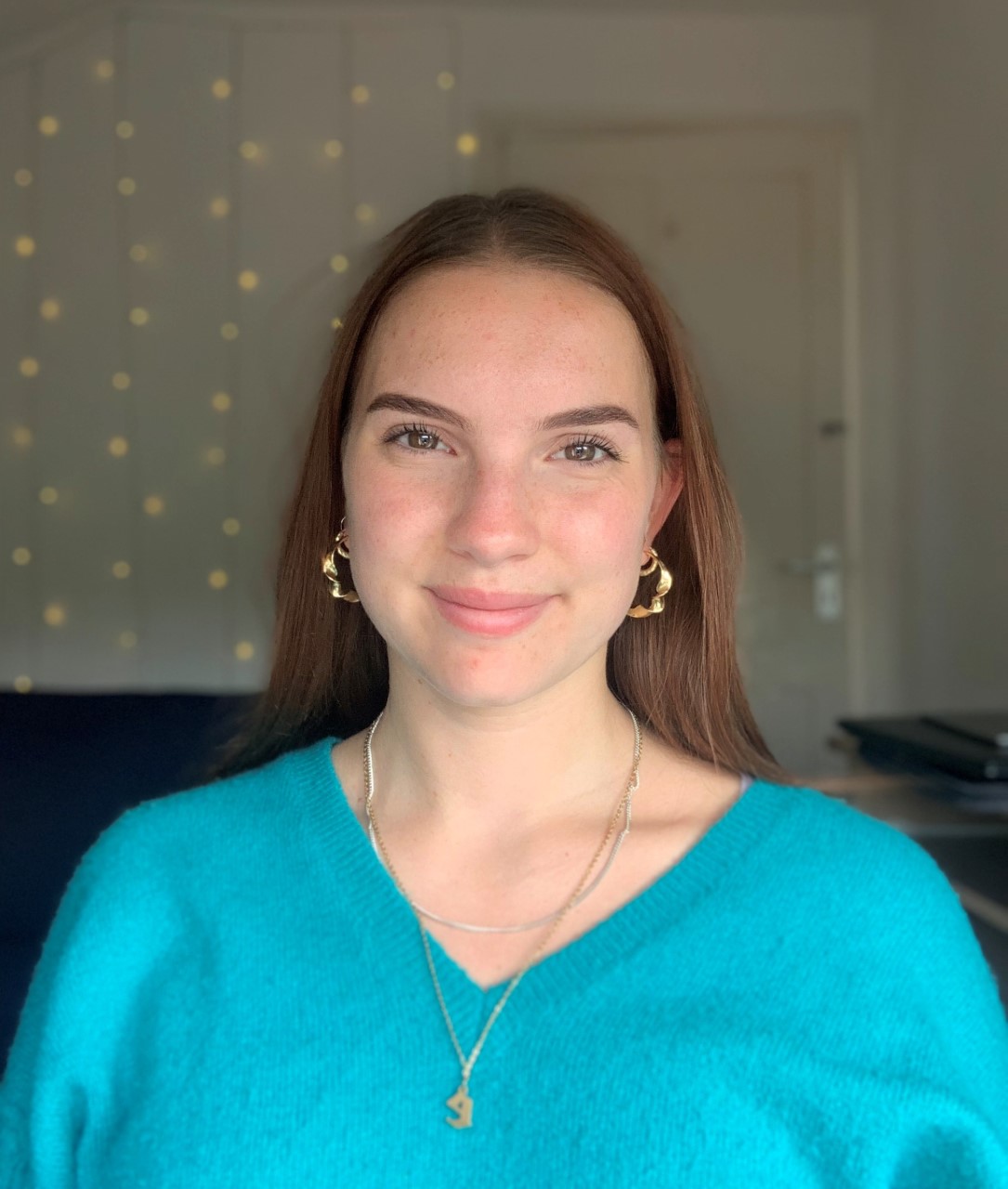
A new Netflix adaptation has landed on the streaming service and viewers are keen to know where All the Light We Cannot See was filmed.
Directed by Shawn Levy, who's best known for his work on Night at the Museum and Stranger Things, All the Light We Cannot See follows a blind French girl and a German orphan during World War Two, on their seemingly parallel paths to a town in northern France. For those wondering what to watch in November, this four-parter is shaping up to be one of the month's most anticipated releases, and stars acting legends Mark Ruffalo and Hugh Laurie.
All the Light We Cannot See is based on the book of the same name by Anthony Doerr, which takes readers from Paris to Berlin and back, before eventually reaching the French port of Saint-Malo. And much like Netflix viewers have recently been wondering where Bodies was filmed, the same is now being asked of the streaming giant's latest addition. Here's where All the Light We Cannot See was filmed...
For more TV recommendations, read our review of The Buccaneers.
Where was All the Light We Cannot See filmed?
All the Light We Cannot See was filmed in France, Germany and Hungary. The scenes in Saint-Malo, where much of the action is set, were filmed on location in the historic French port city situated in Brittany, northern France.
However, Aveyron, in southern France, was also used in some scenes to recreate the streets of Saint-Malo. In particular, Villefranche-de-Rouergue, a commune with a population of around 12,000, was used for its similarities to Saint-Malo pre-Second World War - including its main square.
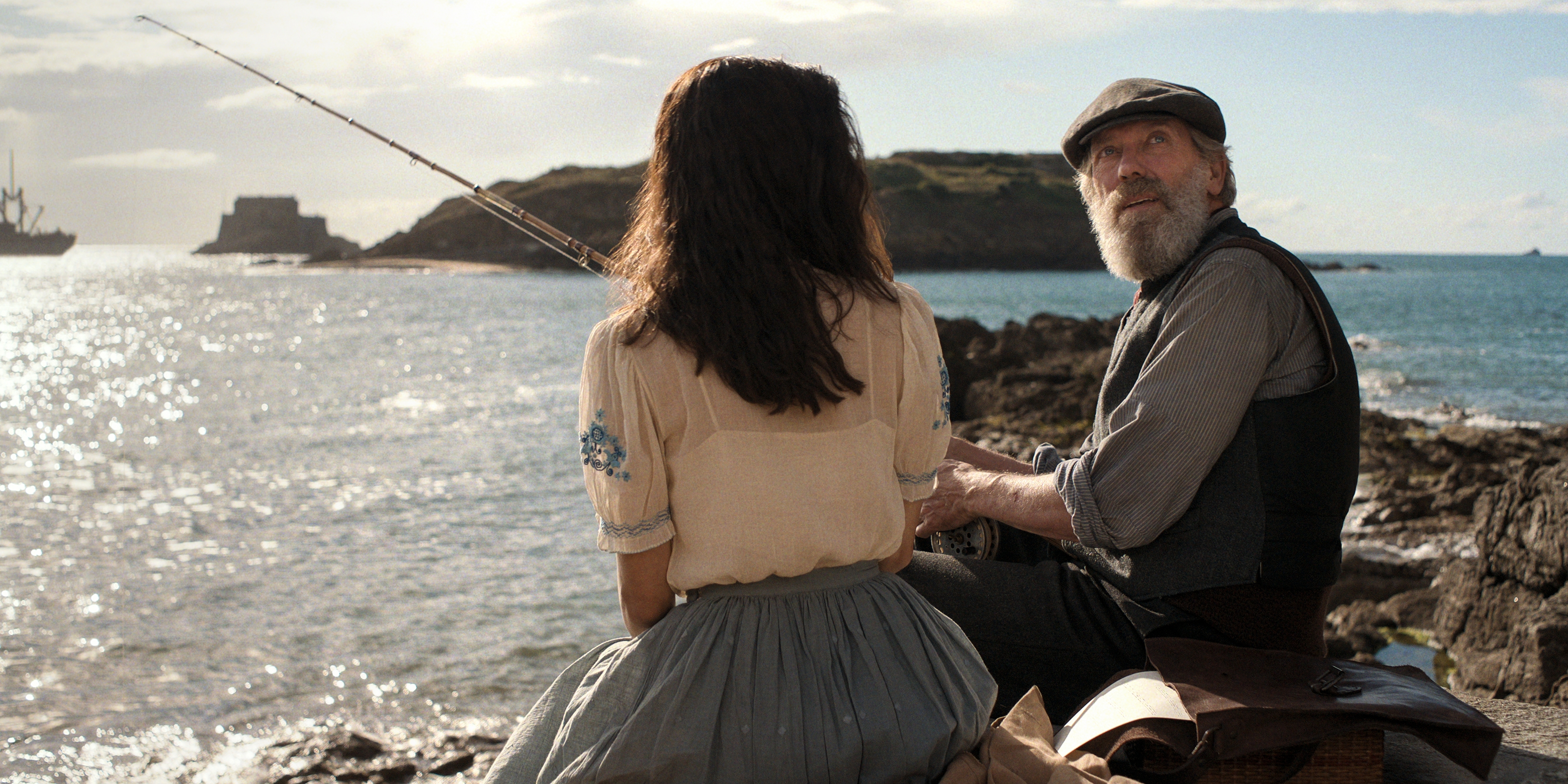
Many of the scenes of streets, bombings and the eventual Saint-Malo liberation were shot there. However, the town was dressed for the production, with German language street signs, cars from the period, and military tanks used.
GoodtoKnow Newsletter
Parenting advice, hot topics, best buys and family finance tips delivered straight to your inbox.
Meanwhile, Hungary doubled up as 1940s Paris for the scenes featuring Marie-Laure and her father Daniel at the start of the series. Specific locations used include The Festetics Palace - a Baroque palace near Lake Balaton - Zichy Castle, in Soponya, and the Exchange Palace.
Budapest's Vécsey Street served as the iconic Champs-Élysées in All the Light We Cannot See, which is shown to be full of Nazi soldiers entering the city in the very first episode.
It has also been reported that some filming took place in Berlin, Germany, although the exact locations have not been confirmed.
Director Shawn Levy previously told Variety that shooting in Saint-Malo as well as Villefranche-de-Rouergue and Budapest "wasn’t the cheap choice, but I knew it was the right choice," because it was the setting in the book.
He added: "When you shoot in the real place where the real history happened, you get an authenticity that you can’t replicate on a soundstage or with any visual effects."
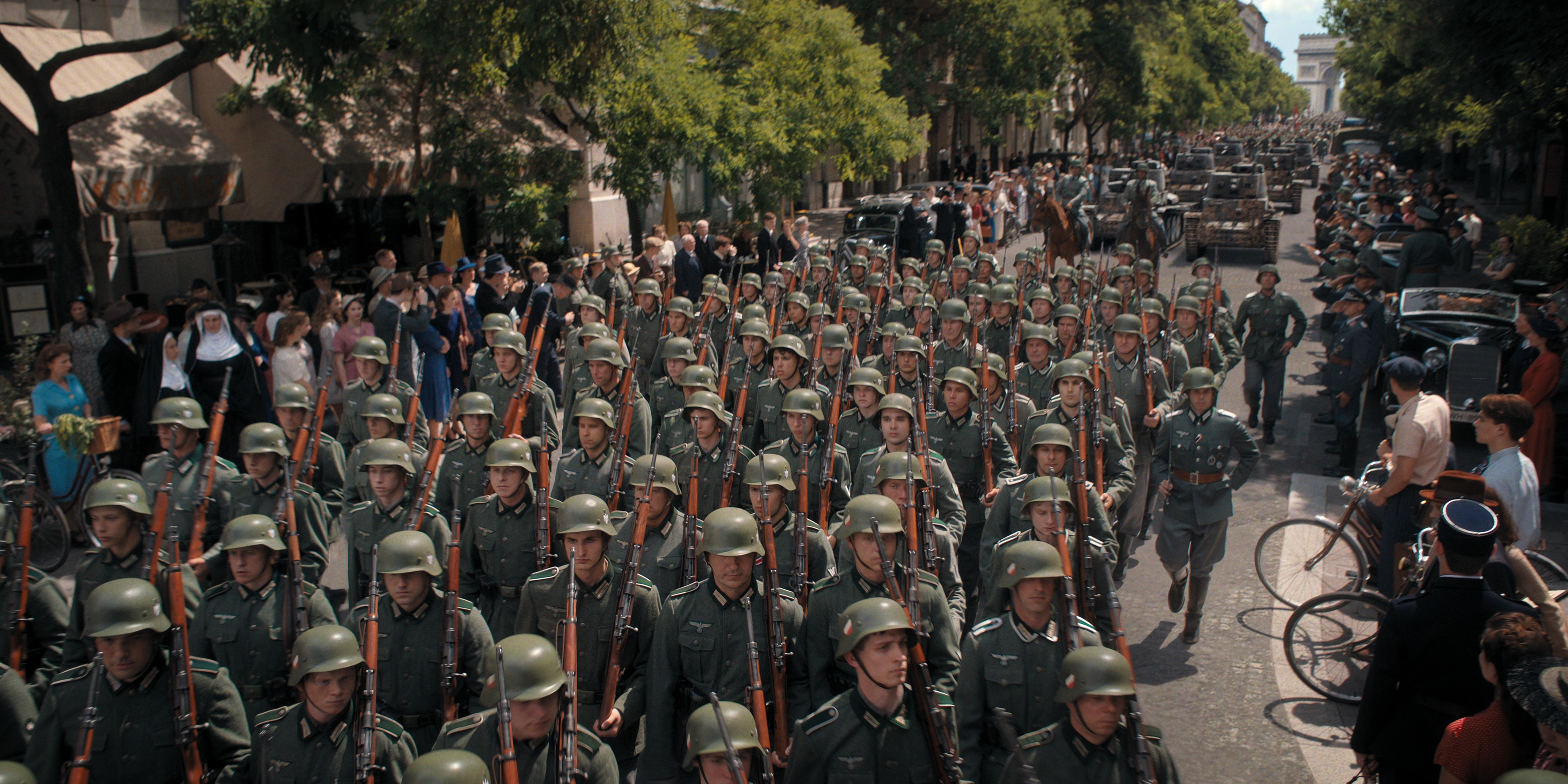
Where is All the Light We Cannot See set?
All the Light We Cannot See is mostly set in 1940s Saint-Malo, in northern France, but other scenes are also set in Paris and Essen, in western Germany.
Saint-Malo was the main setting for the original All the Light We Cannot See novel. And, just like in the Anthony Doerr novel, the series follows the characters of Marie-Laure LeBlanc and Werner Pfenning on their journeys to the French coastal town of Saint-Malo, where their stories eventually intersect.
During World War Two, the town was almost entirely destroyed by American shelling amid fighting in August and September 1944, and the city had to be rebuilt over a 12 year period from 1948 to 1960.
What is All the Light We Cannot See about?
All the Light We Cannot See tells the story of Marie-Laure, a blind French girl who is forced to flee Paris, and Werner, who has been recruited by the Nazis to track down illegal radio broadcasts. Eventually, they both find themselves in Saint-Malo, where they share a secret connection.
The series begins with Marie-Laure and her father Daniel living in Paris. They are forced to flee the German-occupied city with a legendary diamond to keep it from falling into the hands of the Nazis - all while being pursued by a Gestapo officer.
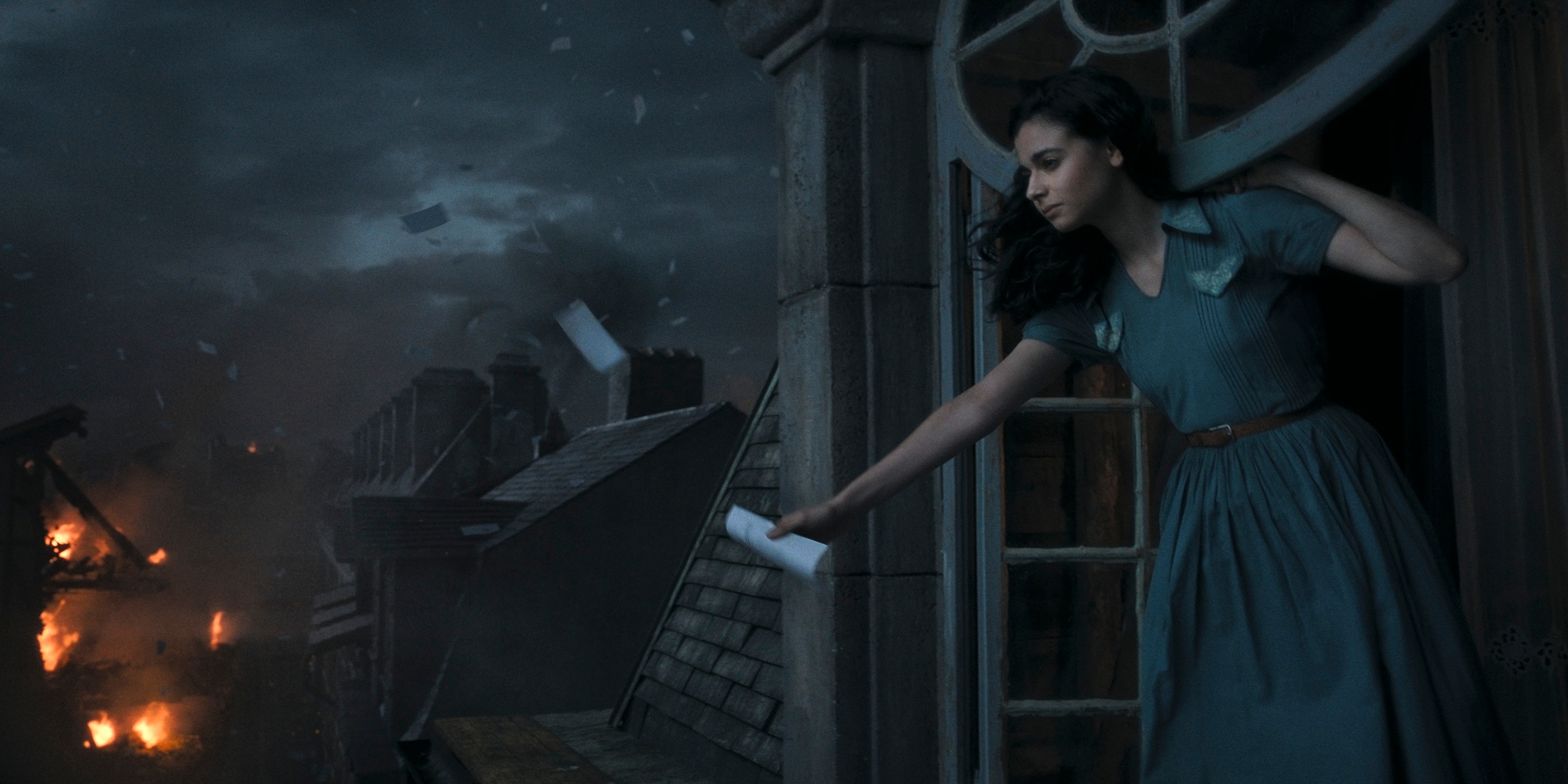
Eventually, they find refuge with Saint-Malo with Marie Laure's reclusive uncle, who transmits clandestine radio broadcasts as part of the French resistance.
Meanwhile, in Germany, an orphaned boy named Werner is recruited by Hitler's regime because of his talent for fixing radios. His job is to track illegal broadcasts, which is how he comes across Marie-Laure, and the pair form an invisible bond over the airwaves.
For more shooting location information, we've also looked at where new Apple TV drama The Buccaneers was filmed, and where Netflix's festive film offering Best. Christmas. Ever! filmed. Those tuning into Disney+ murder mystery A Murder At the End of the World have also asked where the stylish drama filmed.

Ellie is GoodtoKnow’s Family News Editor and covers all the latest trends in the parenting world - from relationship advice and baby names to wellbeing and self-care ideas for busy mums. Ellie is also an NCTJ-qualified journalist and has a distinction in MA Magazine Journalism from Nottingham Trent University and a first-class degree in Journalism from Cardiff University. Previously, Ellie has worked with BBC Good Food, The Big Issue, and the Nottingham Post, as well as freelancing as an arts and entertainment writer alongside her studies. When she’s not got her nose in a book, you’ll probably find Ellie jogging around her local park, indulging in an insta-worthy restaurant, or watching Netflix’s newest true crime documentary.
-
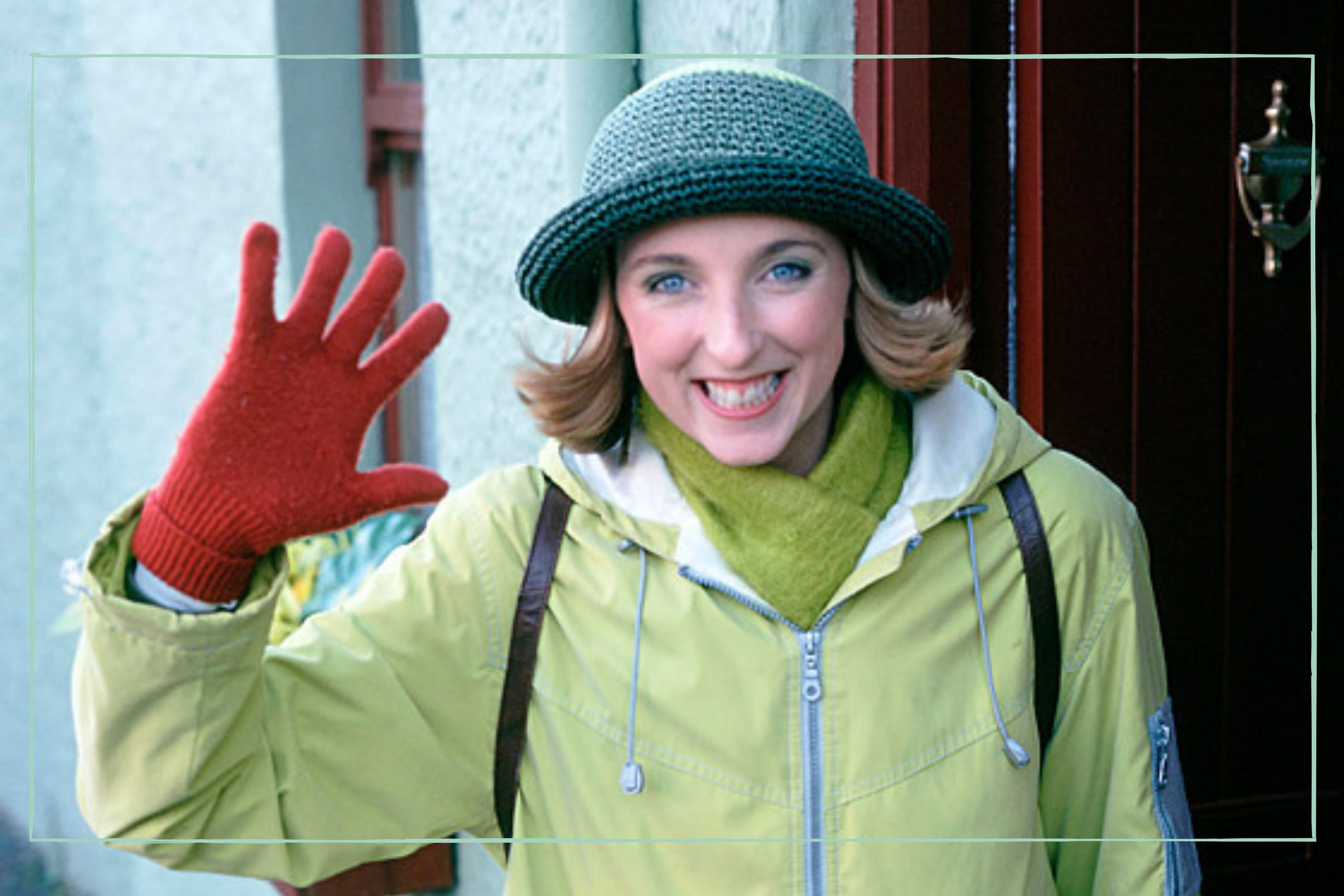 Balamory is back after two decades - why we can’t wait for the reboot of the iconic BBC series
Balamory is back after two decades - why we can’t wait for the reboot of the iconic BBC seriesWhat's the story in Balamory? Now you can find out, as the BBC announces the return of the beloved children's series nearly 20 years after the final episode aired.
By Lucy Wigley
-
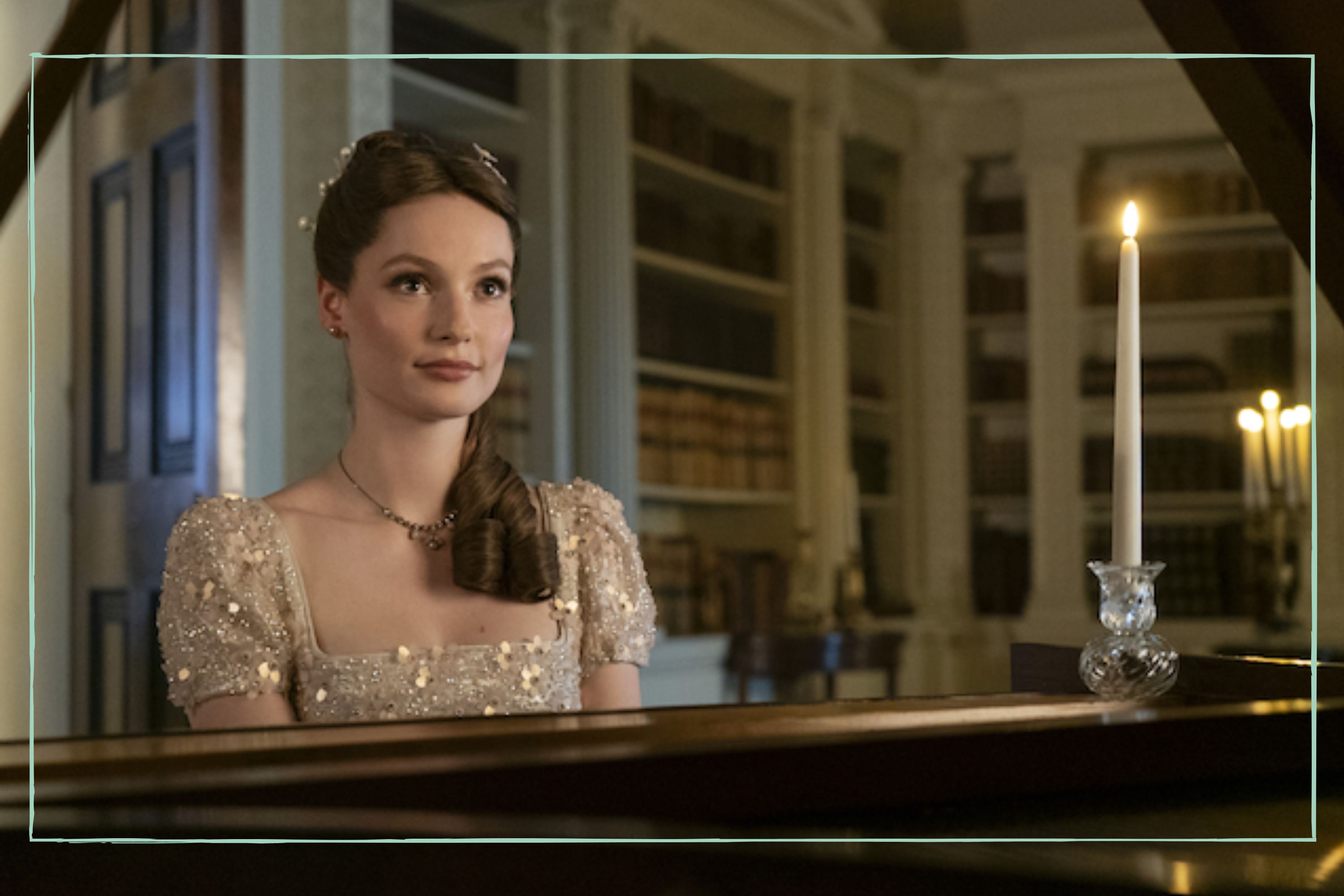 Is Francesca in Bridgerton gay? With more great representation in the show, this expert shares how to start the conversation around sexuality with your teen if they’re watching
Is Francesca in Bridgerton gay? With more great representation in the show, this expert shares how to start the conversation around sexuality with your teen if they’re watchingIs Francesca in Bridgerton gay? It's a question many have asked, and you might need to have conversations around sexuality with your teen if they’re watching.
By Lucy Wigley
-
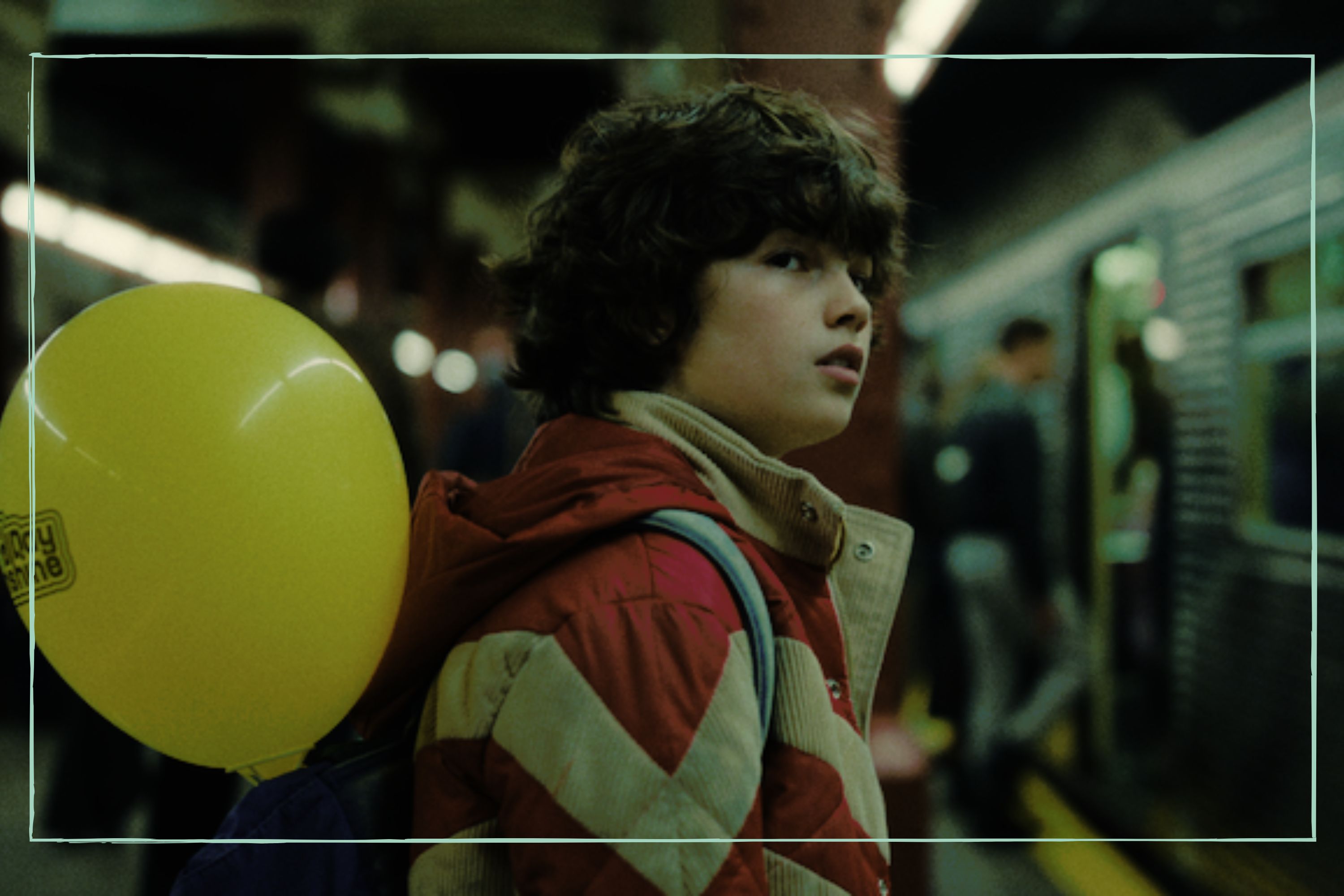 Is Eric a true story? Benedict Cumberbatch lives every parent’s worst nightmare in new Netflix show
Is Eric a true story? Benedict Cumberbatch lives every parent’s worst nightmare in new Netflix showIs Eric a true story? Every parent’s worst nightmare plays out in Netflix's latest show, against a backdrop of 80s New York grappling with AIDS and racism.
By Lucy Wigley
-
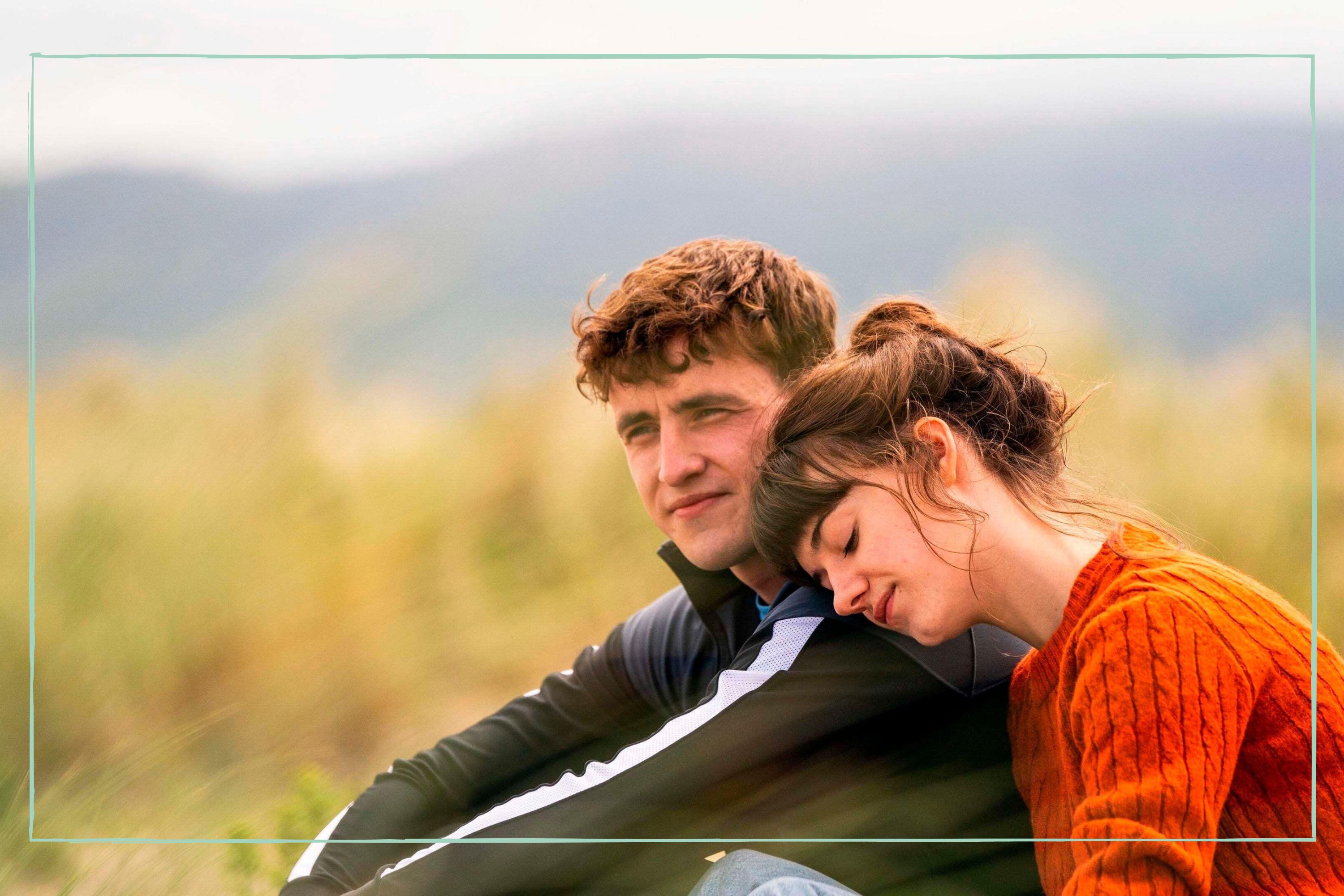 Normal People season 2 rumours are circulating, and we have our own Marianne and Connell 'first love' stories to share
Normal People season 2 rumours are circulating, and we have our own Marianne and Connell 'first love' stories to shareNormal People season 2 rumours are flying around, and we have our own Marianne and Connell moments to share - because everyone remembers their first heartbreak.
By Lucy Wigley
-
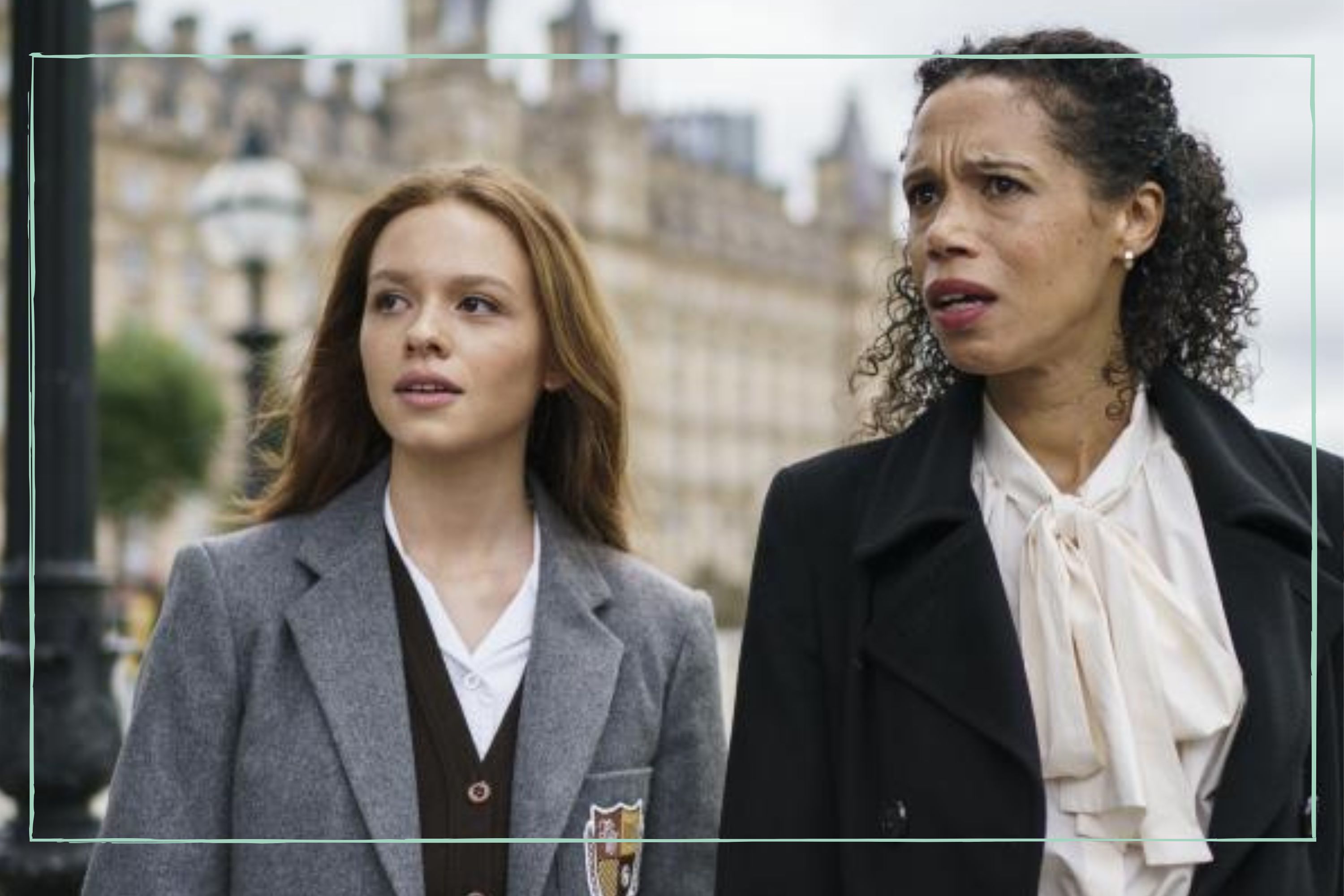 Channel 4 drama The Gathering explores 'toxic teenagers and their even more toxic parents' in an online world dominated by social media
Channel 4 drama The Gathering explores 'toxic teenagers and their even more toxic parents' in an online world dominated by social mediaNew Channel 4 drama explores the challenges of impossible standards set by social media, and how parents themselves become toxic in their need to protect their kids.
By Lucy Wigley
-
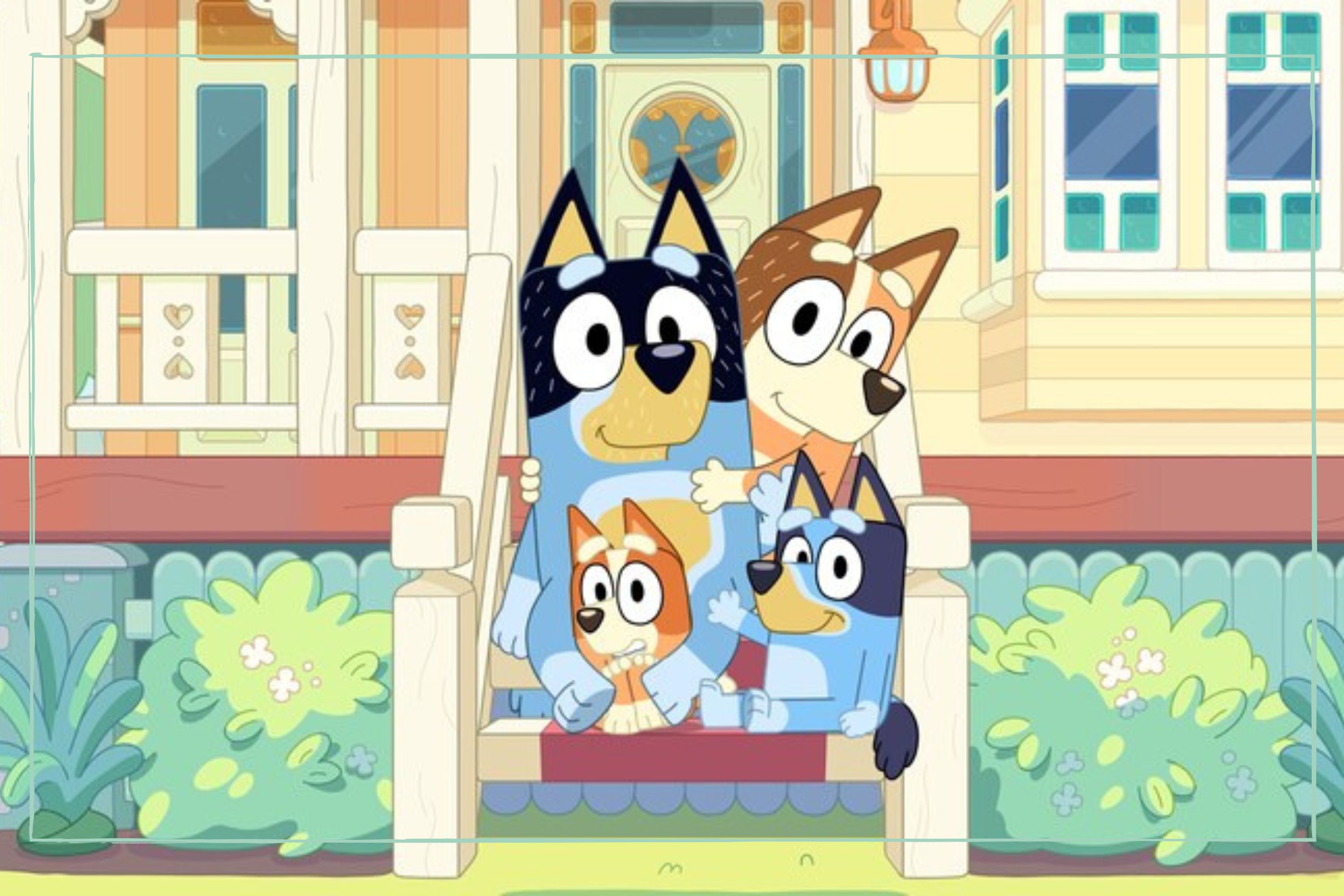 Is Brandy pregnant? Bluey fans think the Heelers could be about to welcome a new cousin following the season 3 finale
Is Brandy pregnant? Bluey fans think the Heelers could be about to welcome a new cousin following the season 3 finaleEagle-eyed Bluey viewers are wondering if Aunt Brandy is pregnant, following a touching moment in the season three finale.
By Ellie Hutchings
-
 Is Bluey ending? What we know about the rumours around the kids' cartoon, as the Heelers put their house up for sale
Is Bluey ending? What we know about the rumours around the kids' cartoon, as the Heelers put their house up for saleBluey's producer has shared an update on the show's future
By Ellie Hutchings
-
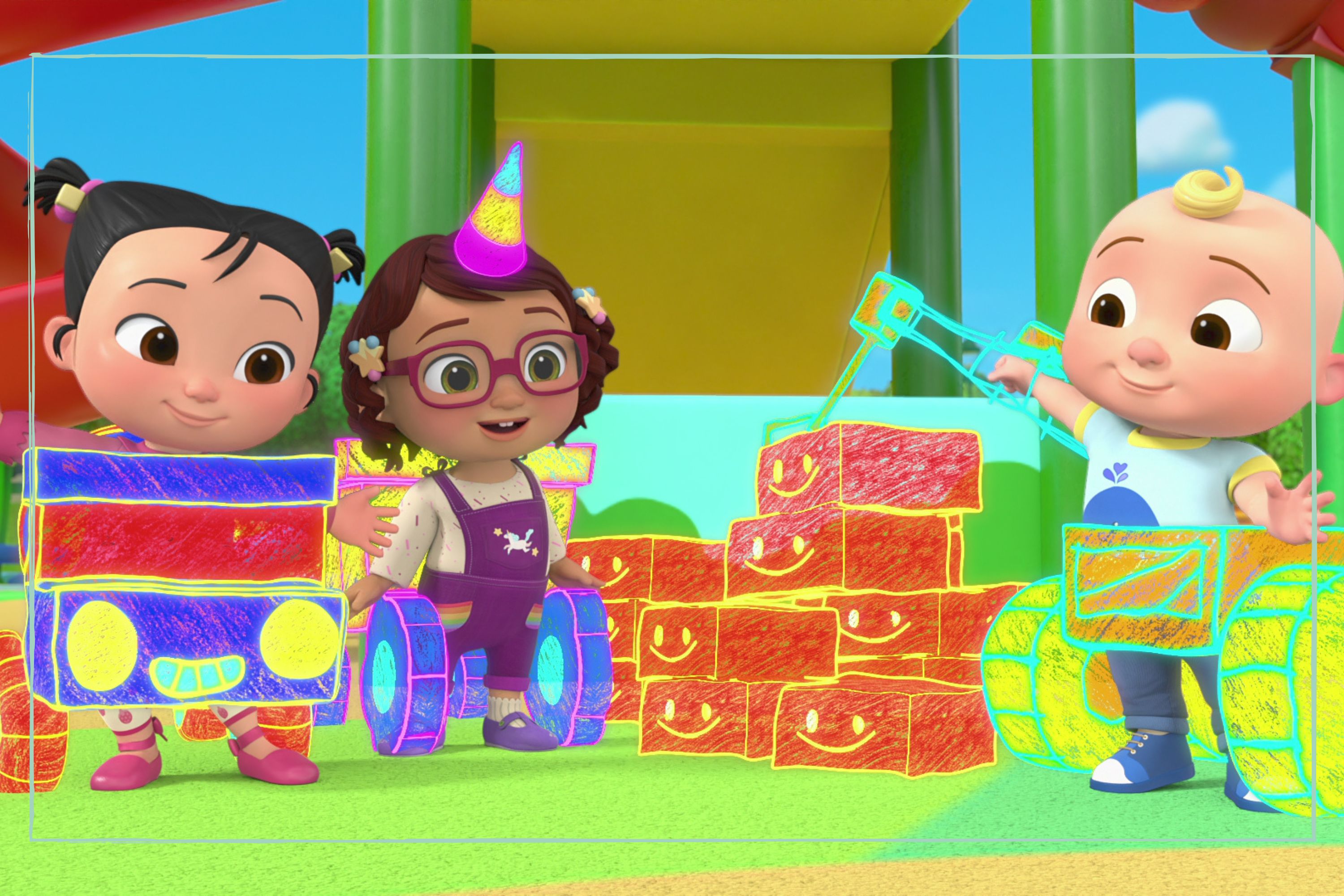 CoComelon has been accused of being 'overstimulating' - the experts explain why it's ok to let your kid watch the popular cartoon
CoComelon has been accused of being 'overstimulating' - the experts explain why it's ok to let your kid watch the popular cartoonCoComelon is adored by kids around the world, but some experts have shared reasons they don't think children should be watching - we look at both sides of the argument.
By Lucy Wigley